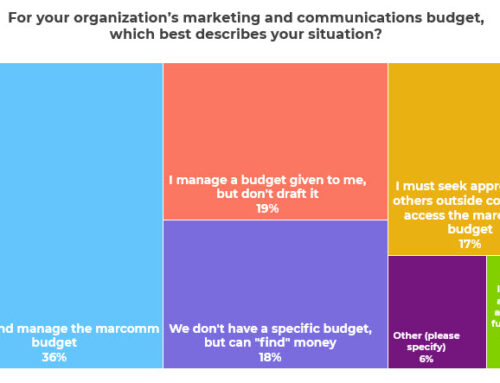
They tend to be very popular goals with executives and board members, because they are exciting (“Everyone will know what we do and think we are leading the way!”) but also because, frankly, they are vague. They don’t require the same instantaneous conversation about numbers in the same way that participation goals (how many people did the thing) or fundraising goals (how many dollars came in) do, for example.
Because there are many ways to define and measure raising awareness and thought leadership, these two goals sometimes get dismissed by critics as superfluous and egotistical.
I get where the criticism is coming from. However, I do believe they are absolutely legitimate goals when they are used as a stepping stone to a more concrete goal. I do think you need to know what comes after you’ve raised awareness or after you have become a thought leader. Knowing what comes next allows you to craft awareness-raising and thought leadership campaigns that get you where you want to be.
So what might come next?
Why are you raising awareness? So people will change their hearts and minds in some way? So they will change their behavior? So they will advocate, or volunteer, or donate?
Same thing with thought leadership, which often deals with peers and peer organizations. People are paying attention to what you are saying or writing. Now what? Do you want them to advocate for policy changes? Change the way they work on issues you work on too?
If you can pin down those answers, you can turn raising awareness and thought leadership into legitimate nonprofit marketing goals.
Learn more about goals, strategies, objectives, and tactics during our Planning Master Class.






